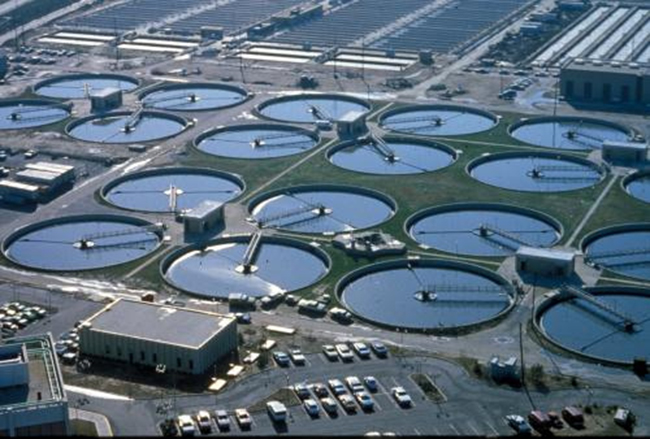| << Chapter < Page | Chapter >> Page > |
Due to their light sensitivity, mixtures of silver halides are used in fiber optics for medical lasers, in photochromic eyeglass lenses (glass lenses that automatically darken when exposed to sunlight), and—before the advent of digital photography—in photographic film. Even though AgCl ( K sp = 1.6 10 –10 ), AgBr ( K sp = 5.0 10 –13 ), and AgI ( K sp = 1.5 10 –16 ) are each quite insoluble, we cannot prepare a homogeneous solid mixture of them by adding Ag + to a solution of Cl – , Br – , and I – ; essentially all of the AgI will precipitate before any of the other solid halides form because of its smaller value for K sp . However, we can prepare a homogeneous mixture of the solids by slowly adding a solution of Cl – , Br – , and I – to a solution of Ag + .
When two anions form slightly soluble compounds with the same cation, or when two cations form slightly soluble compounds with the same anion, the less soluble compound (usually, the compound with the smaller K sp ) generally precipitates first when we add a precipitating agent to a solution containing both anions (or both cations). When the K sp values of the two compounds differ by two orders of magnitude or more (e.g., 10 –2 vs. 10 –4 ), almost all of the less soluble compound precipitates before any of the more soluble one does. This is an example of selective precipitation , where a reagent is added to a solution of dissolved ions causing one of the ions to precipitate out before the rest.
Solubility equilibria are useful tools in the treatment of wastewater carried out in facilities that may treat the municipal water in your city or town ( [link] ). Specifically, selective precipitation is used to remove contaminants from wastewater before it is released back into natural bodies of water. For example, phosphate ions are often present in the water discharged from manufacturing facilities. An abundance of phosphate causes excess algae to grow, which impacts the amount of oxygen available for marine life as well as making water unsuitable for human consumption.

One common way to remove phosphates from water is by the addition of calcium hydroxide, known as lime, Ca(OH) 2 . The lime is converted into calcium carbonate, a strong base, in the water. As the water is made more basic, the calcium ions react with phosphate ions to produce hydroxylapatite, Ca 5 (PO4) 3 (OH), which then precipitates out of the solution:
The precipitate is then removed by filtration and the water is brought back to a neutral pH by the addition of CO 2 in a recarbonation process. Other chemicals can also be used for the removal of phosphates by precipitation, including iron(III) chloride and aluminum sulfate.
View this site for more information on how phosphorus is removed from wastewater.
Selective precipitation can also be used in qualitative analysis. In this method, reagents are added to an unknown chemical mixture in order to induce precipitation. Certain reagents cause specific ions to precipitate out; therefore, the addition of the reagent can be used to determine whether the ion is present in the solution.

Notification Switch
Would you like to follow the 'Ut austin - principles of chemistry' conversation and receive update notifications?